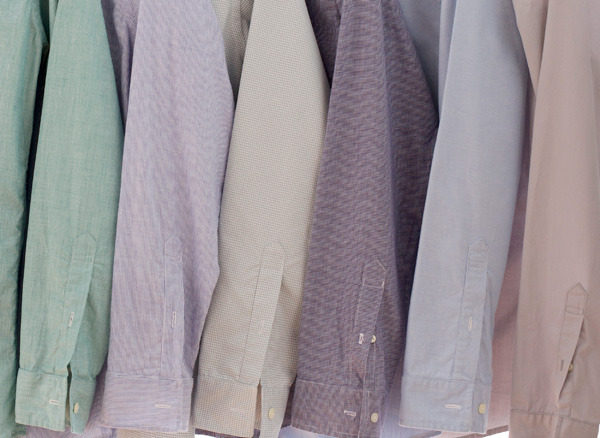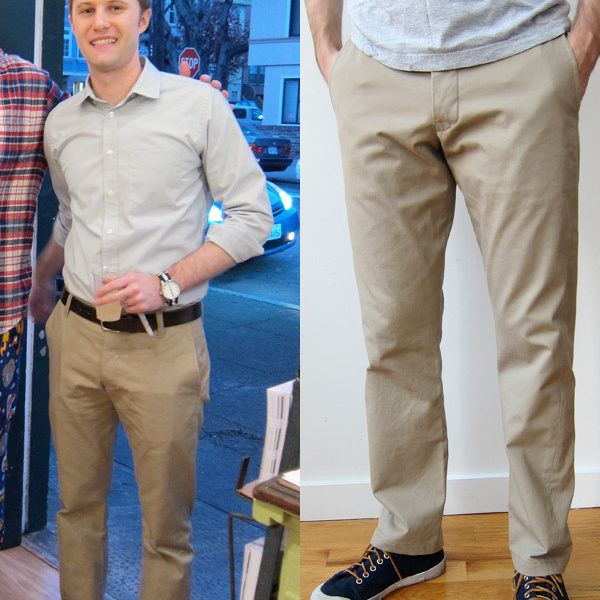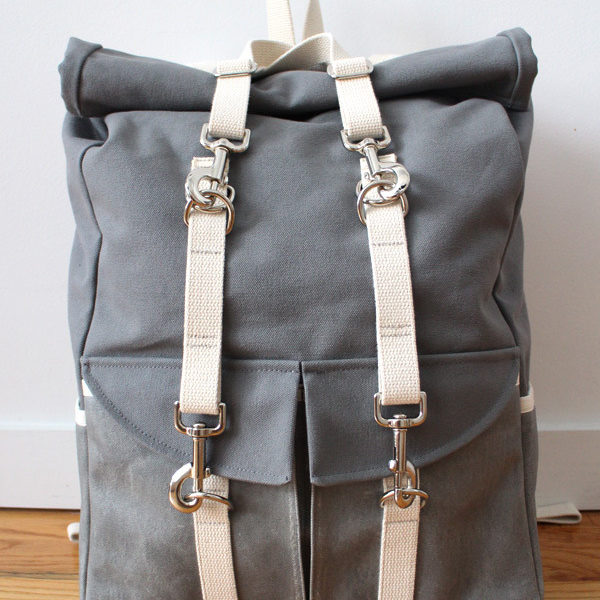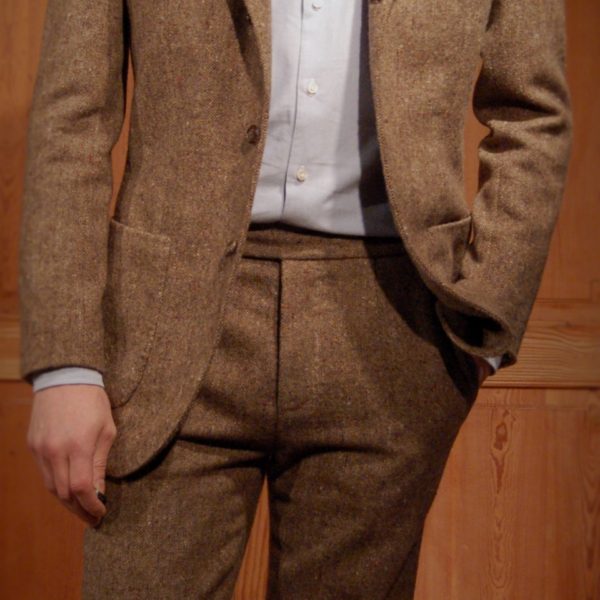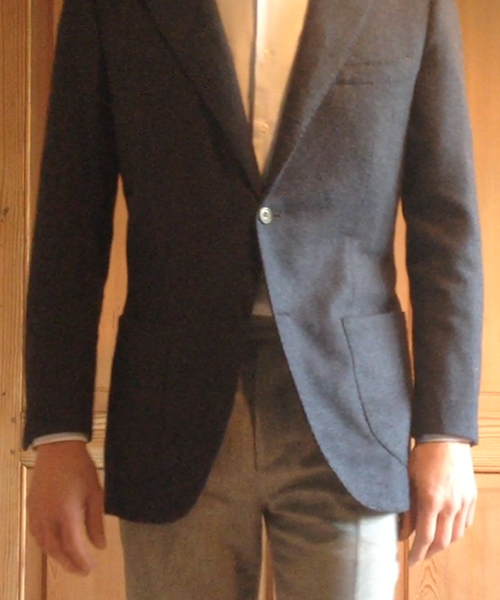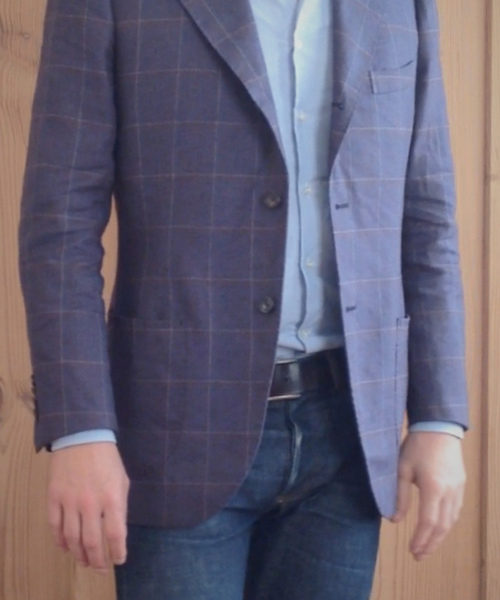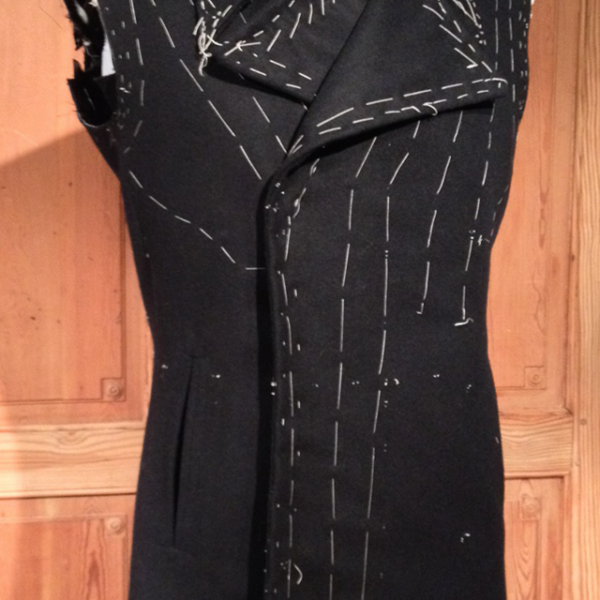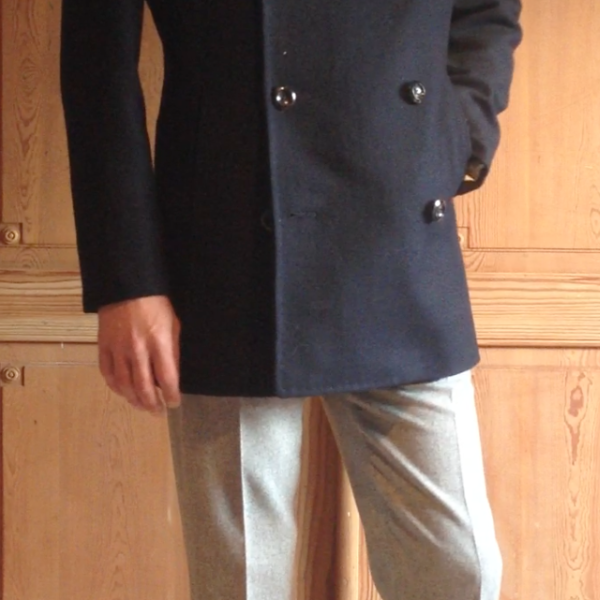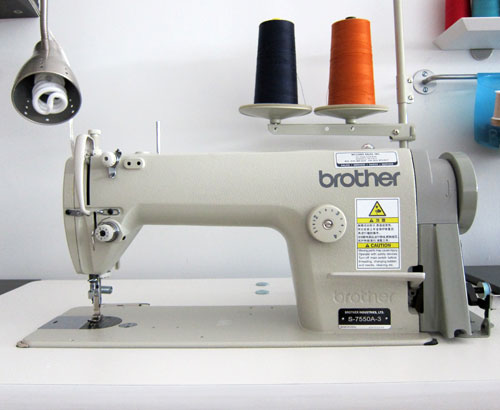
Every custom tailor I speak to says the same thing: the trade is dying and young people are no longer interested in the craft. It’s harder to find students nowadays and many worry that their skills will die with them. Savile Row’s Andrew Ramroop has set up a new online training program for aspiring tailors, but as Jeffery Diduch wrote, it’s difficult to learn these things without the hands-on guidance of a teacher.
There are some inspiring stories, however. Some men have learned how to tailor clothes at home, and while they might not be ready yet for Savile Row, they’re impressively good. Taylor in Nashville and Arno in Belgium are two such men. They’ve learned the craft of tailoring with little more than guidance from books and websites, as well as a lot of dedication.
Taylor and Arno make very different kinds of clothes – the first focuses on casualwear, while the second does more traditional clothing – but they developed their skills along similar paths. Their initial tools were simple: a thimble, a home sewing machine, some needles and thread, a pair of scissors, and a trusty iron. From here, they learned how to sew and then studied books and ready-made garments. “I would go into stores and pretend I was looking at sizes or price tags,“ says Taylor. “But secretly, I was inspecting seams and construction methods. Once you get a bit of a handle on sewing, you can learn a lot through reverse engineering.”
Of course, the key here is to actually learn how to sew first. Taylor and Arno started off with very simple projects, such as making aprons, tote bags, trousers, and waistcoats. Essentially, things that didn’t have many curves or specialized seam finishes. This way, they learned how to make some basic stitches.
After that, they learned how to perfect a pattern, which is sort of like a “blueprint” for a garment. A pattern determines how each panel of a garment is cut (and ultimately whether a garment fits). Although both Taylor and Arno make clothes at home, they don’t want their clothes to look homemade.
“Adjusting my pattern is a never-ending process,” says Taylor. “Sometimes what I think is an improvement in one area turns out to cause problems in another.”
Then there’s the issue of trying to fit something on yourself, which is quite different from fitting something on someone else. “You need two or three mirrors to properly see yourself in the back,“ explains Arno, “and you can’t gather and pin cloth on yourself. It’s a painstaking slow process, but it’s also very satisfying when things turn out the way they should.”
When Arno says it’s a slow process, he’s not joking. Even for these guys, who have some experience under their belt, it can take twenty to thirty hours to complete a button-up shirt or a pair of pants. For a suit jacket or sport coat, it can take eighty to a hundred hours. Not exactly economical if you just want a nice wardrobe, but much like the difference between eating out and learning to cook, it can be very rewarding.
Pictured above are some of Taylor and Arno’s creations (Taylor made the shirts, chinos, and rucksack, while Arno made the suits, sport coats, and peacoat). If you’re interested in learning how to make such things yourself, come back Wednesday, when both guys will share a little bit of their wisdom on how to get started.
